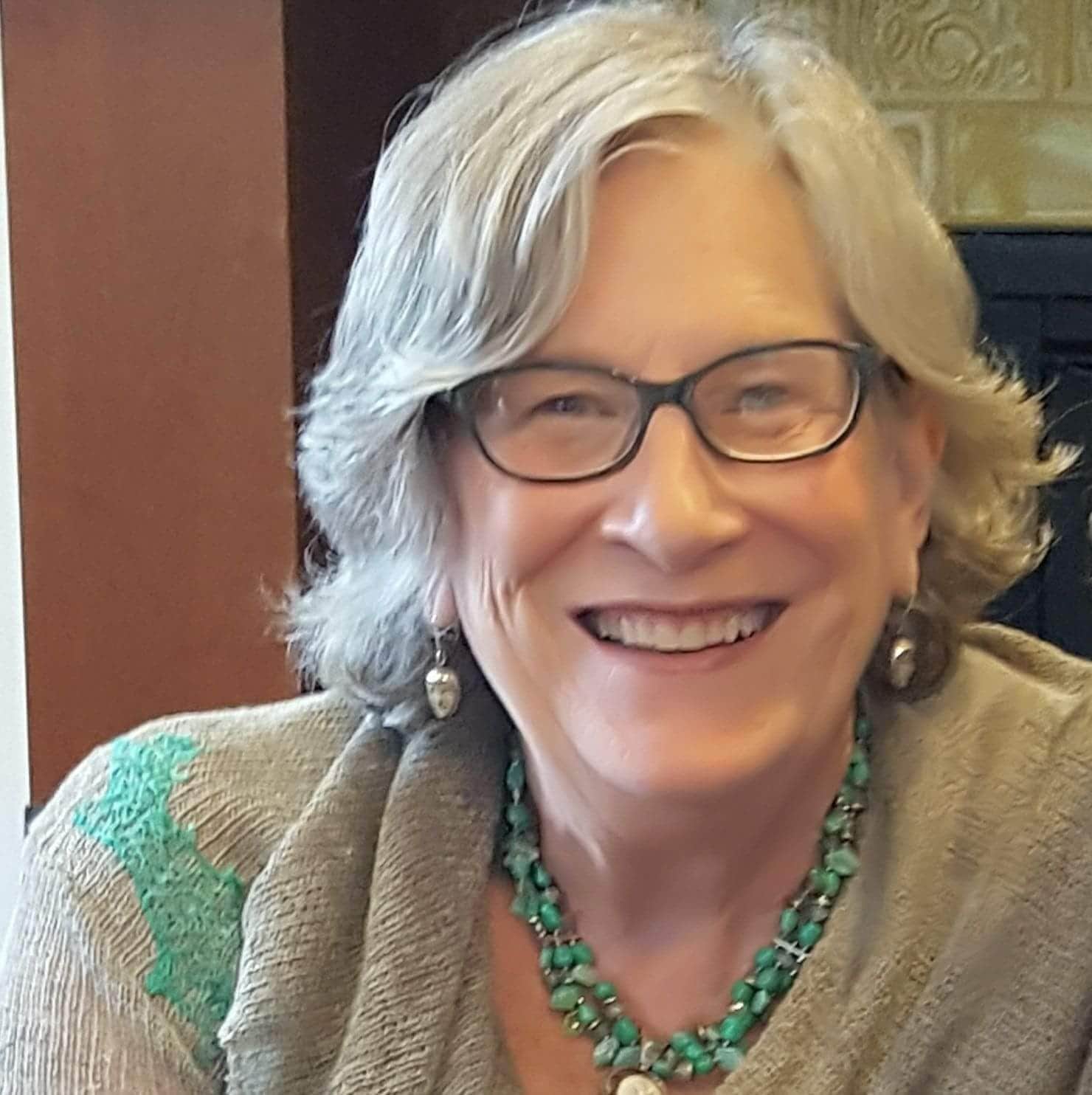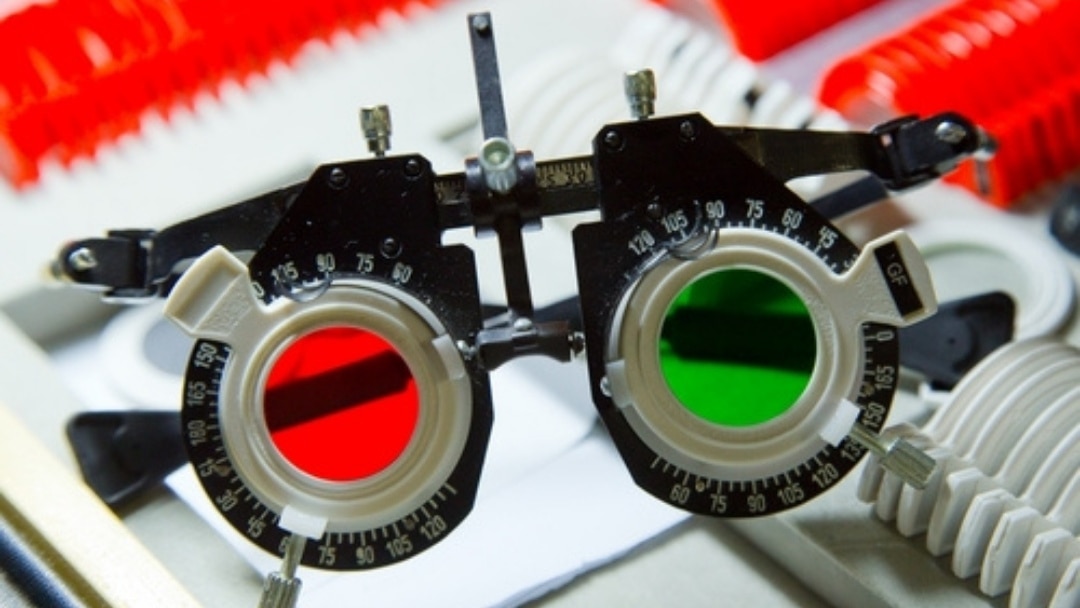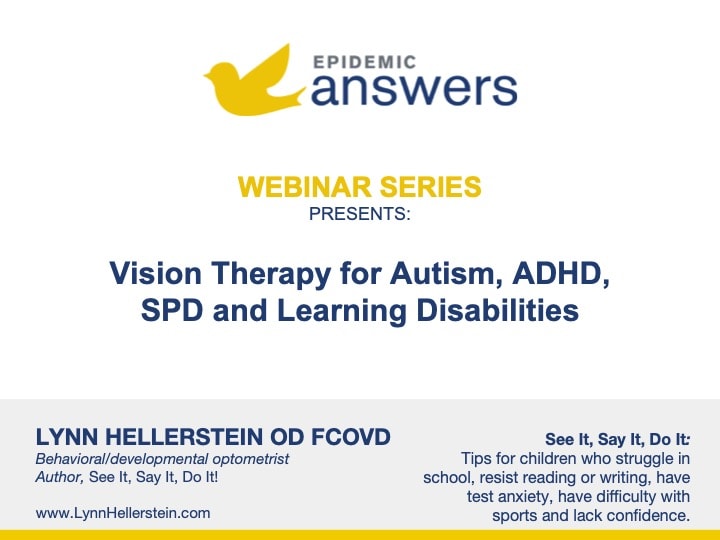In this blog post, Patricia S. Lemer explains why prism lenses can be powerful temporary tools for kids with autism, ADHD and LD because they alter neural processing of the brain.
The use of prism lenses for behavioral and learning problems goes back to the 1970’s when optometric pioneers began using these tools at the Gesell Institute. Prism lenses can be powerful temporary tools for individuals with autism and other developmental delays such as ADHD, Sensory Processing Disorder and learning disabilities because they alter neural processing of the brain, creating an unconscious change in posture or attention.
How Prism Lenses Are Prescribed
Counter to what many believe, lens prescribing is an art, not a science. While a machine might indicate one prescription, that prescription might make a patient dizzy or nauseous. Lenses are for particular purposes: to do a specific job, such as reading in the sun, or driving a truck in the rain at night. Unfortunately, for most people, one lens cannot solve both problems. Different prescriptions are thus necessary, depending upon the task.
Ophthalmologists use compensatory lenses to improve eyesight for specific purposes, such as those just described. Most people reading this post are wearing compensatory lenses.
Developmental optometrists, however, often use lenses not to correct eyesight, but rather therapeutically to correct vision. Some prescribe “learning lenses” or “training lenses” to give an individual with autism or other neurodevelopmental disorder a new point of view. These lenses may be used temporarily to give the brain a preview of what to expect, and eventually it can perceive differently without the lens. However, motor experiences are necessary for consolidation and permanent changes in perception.
How Prism Lenses Can Help
All lenses displace light. Single lenses address focal vision and help us see “What is it?” Ambient prism lenses operate on the “Where is it?” function. They deflect the light rays differently through a thin edge at the top and a thick edge at the base, influencing how the brain interprets where the body is in space.
Prisms are available in various magnitudes from “weak” to “strong,” which are measured in diopters. The optometrist can change a patient’s perception by altering both the magnitude and the direction of the prism.
About Patricia S. Lemer LPC MEd
Patricia S. Lemer is a licensed professional counselor, holding a Masters of Education in counseling and learning disabilities from Boston College and a Masters in Business from Johns Hopkins University. She practiced as an educational diagnostician for over 40 years.
She was a co-founder and served as Executive Director of the international non-profit organization Developmental Delay Resources (DDR). After DDR merged with Epidemic Answers, she became Chairman of the Board. When she retired from the board, she became an emeritus board member.

She is the author of three books, the most recent of which is Outsmarting Autism, Updated and Expanded: Build Healthy Foundations for Communication, Socialization, and Behavior at All Ages (North Atlantic Books, 2019).
Lemer wrote over 50 editorials for "New Developments," the quarterly newsletter of Developmental Delay Resources (DDR), from 1995 - 2009. When DDR wound down, she wrote an online blog, "After the Diagnosis, Then What?" from 2009-2017. Her articles and blogs have been updated and archived on the Epidemic Answers website.
Since 2019, Patricia Lemer has recorded a bimonthly podcast, "The Autism Detective." In these hour-long shows, she interviews parents and professionals about their experiences in maximizing the potential of individuals on the autism spectrum. Over 100 episodes are available on Spotify and other online platforms. To learn more, go to PatriciaLemer.com and OutsmartingAutism.com
Still Looking for Answers?
Visit the Epidemic Answers Practitioner Directory to find a practitioner near you.
Join us inside our online membership community for parents, Healing Together, where you’ll find even more healing resources, expert guidance, and a community to support you every step of your child’s healing journey.




